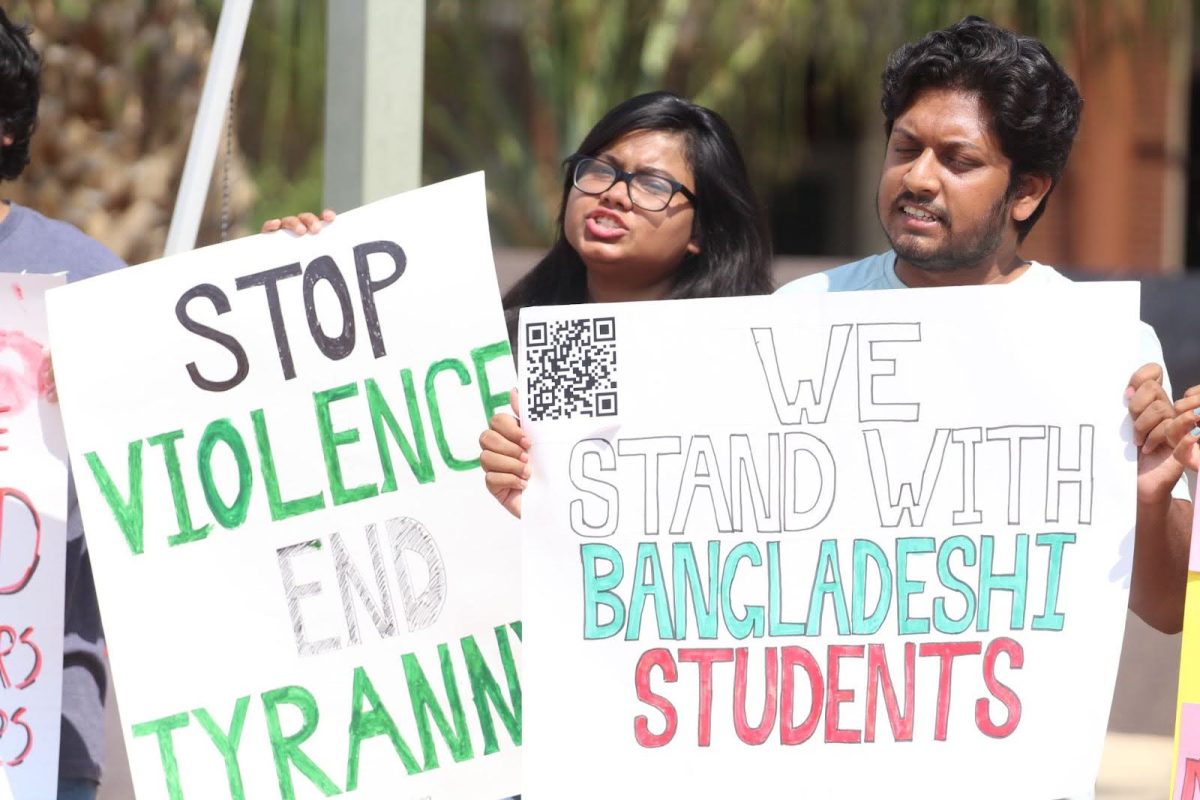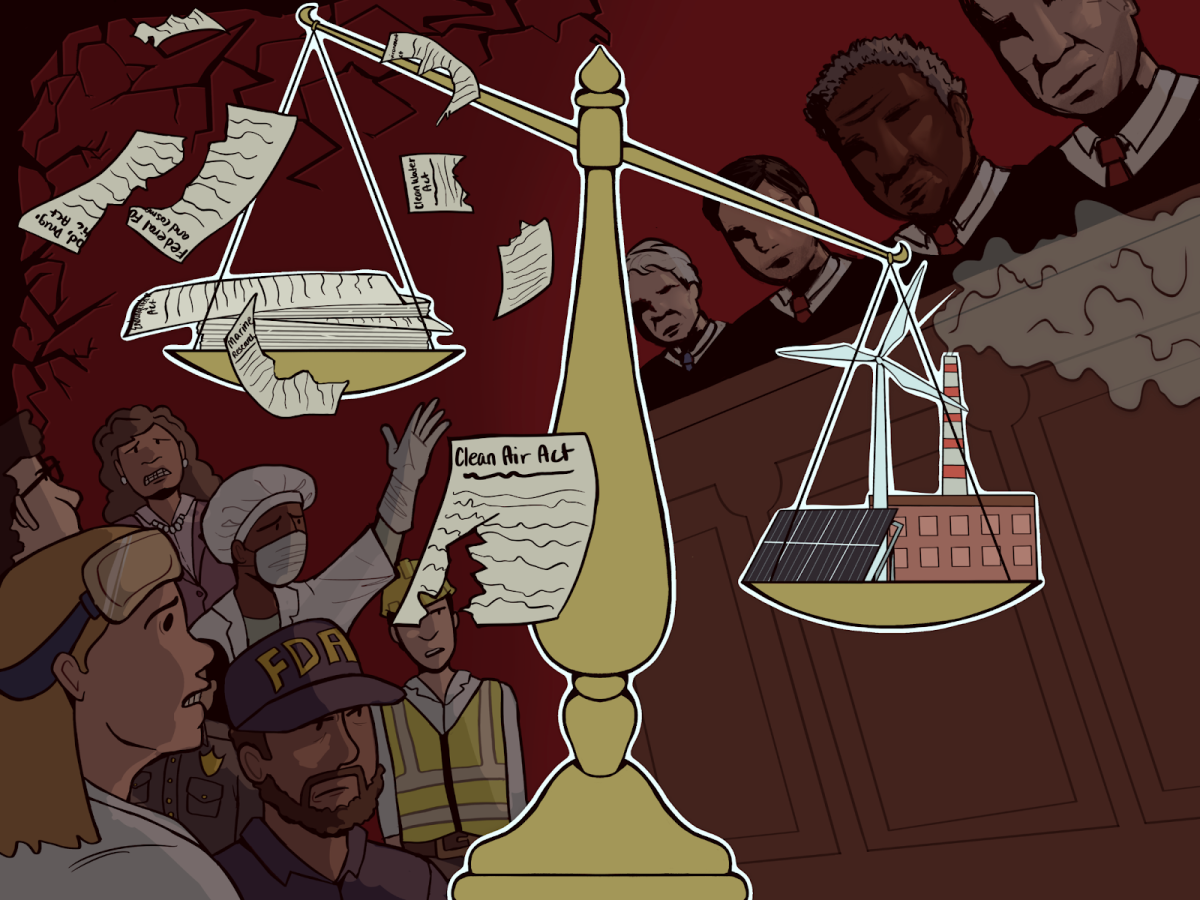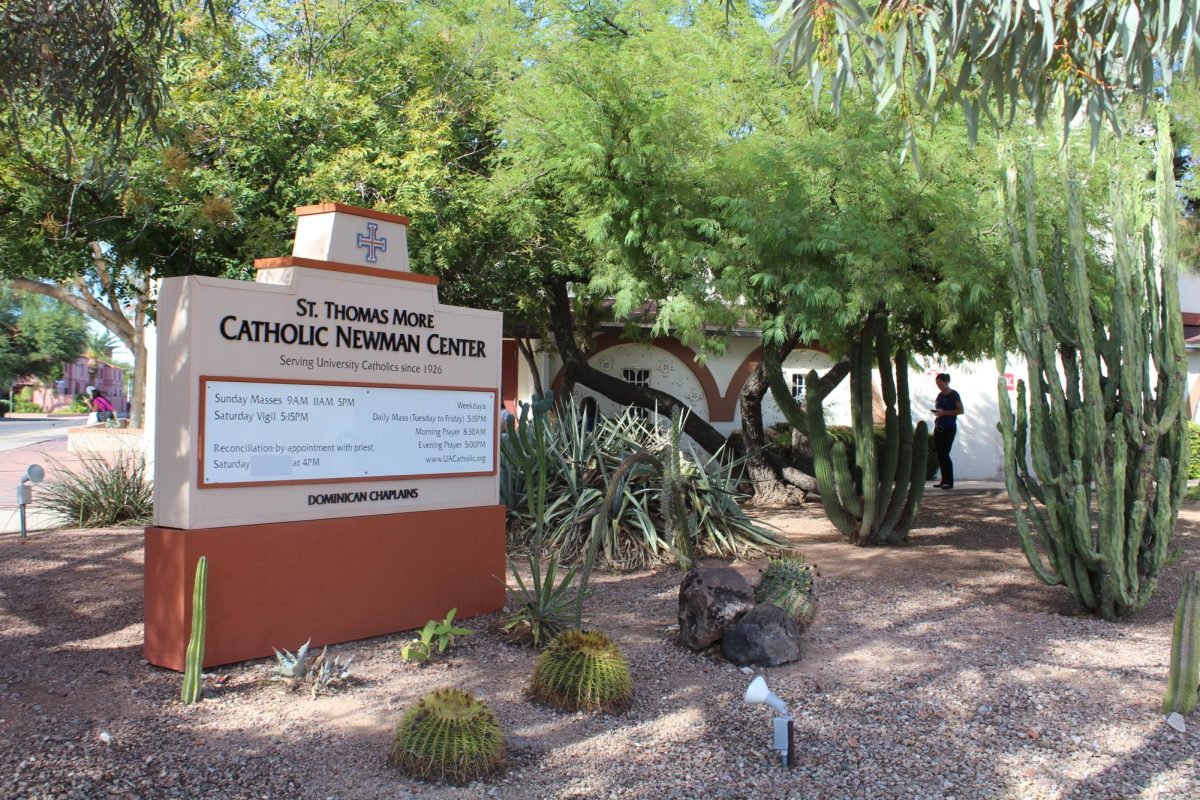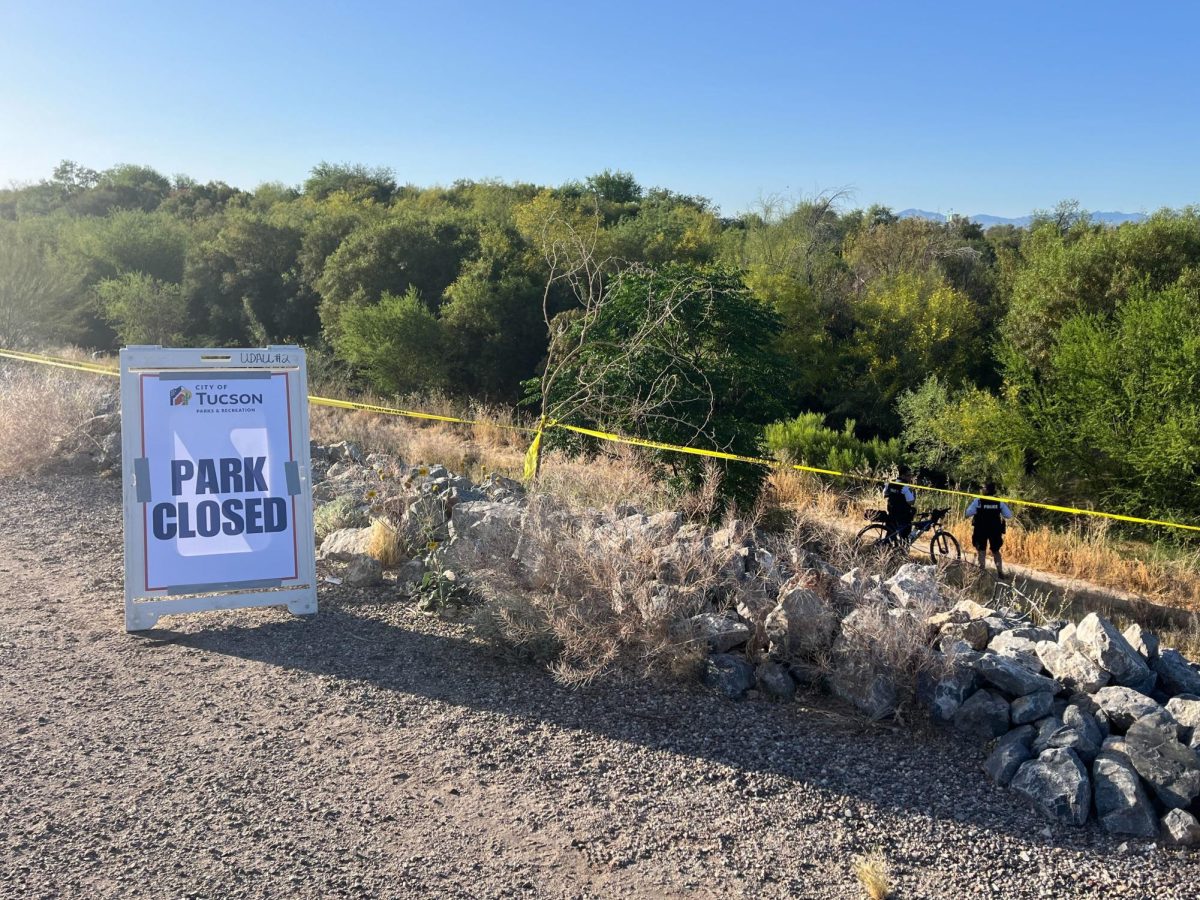IMPHAL, India — Rain, landslides and severed communications continued to hamper rescue efforts late Monday after a large earthquake struck Sunday in northeastern India, Nepal and Tibet, killing at least 50 people.
The epicenter of the magnitude 6.8 earthquake temblor was in India’s northeastern Sikkim state near the Nepal border. With most of Sikkim connected to the rest of India by a single, badly damaged national highway, a higher death toll is expected once emergency workers reach isolated communities.
The damage would have been much worse, experts said, were Sikkim not India’s least populated state, with only 500,000 residents. Hundreds of people were injured.
By late Monday, food and doctors were being airlifted into the area, although these operations were also hampered by poor weather, said R.K. Singh (sic), India’s home secretary. In one case, officials reported 16 landslides in a single six-mile stretch of road.
The earthquake was caused by pressure and related instability as the Indian tectonic plate moves northward into the Eurasian plate, geologists said, the same forces that have created some of the world’s highest mountains in the Himalayas.
Television footage of the area showed roads buckled, buildings upended and rocks the size of tractor-trailer trucks blocking mountain highways as hundreds of people walked to rescue centers. Some 2,000 people were in emergency camps set up by the armed forces, Indian authorities reported Monday.
Helicopters and more than 5,000 army troops were called in to help after the earthquake, which struck shortly after 6 p.m. Sunday. The mountainous area has become increasingly attractive to trekkers and other visitors, and border police reported rescuing over 20 tourists.
P.M. Rai (sic), a lawmaker from Sikkim, said early tallies suggested at least 150 people were in area hospitals, including a significant number suffering from trauma.
Authorities said this was the worst quake to hit Sikkim in six decades. There were no immediate reports of damage to hydroelectric dams.
Preliminary reports suggested at least 42 people were killed in India and a total of 12 dead in Nepal and Tibet. The Sikkim government said it would provide $11,000 to the families of the deceased and $550 to those who suffered minor injuries.
While power was restored Monday morning to Gangtok, Sikkim’s state capital, it remained off in smaller communities, and cellphone coverage was spotty. Many local residents reportedly were traumatized by more than a dozen aftershocks in the initial 24 hours after the quake.
Angeli Qwantra, a disaster management expert, told local network CNN/IBN that the aftermath underscored how unprepared Sikkim and the entire nation were in a region prone to earthquakes. The amount of building damage also suggested building codes were not enforced, she said, and Indian authorities should have done a much better job of more quickly reaching those affected.








